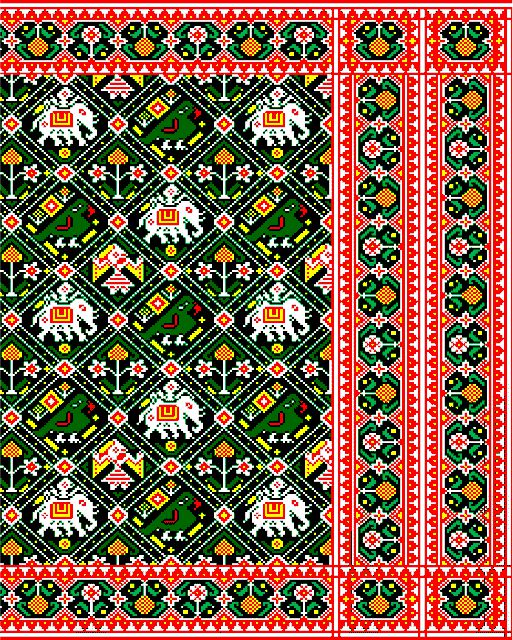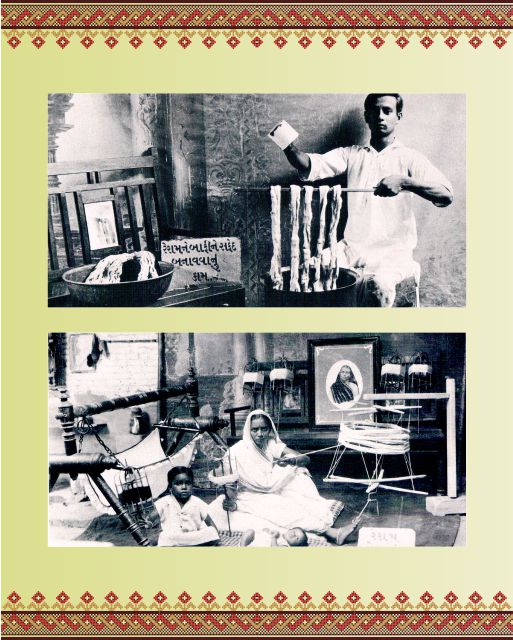
Patola weaving has been going on since the 11th century in Patan after king Kumbharpaland as known in the history, there were 700 families of weavers who carried this legacy in Patan. But since 1965, only four Salvi families are continuing the manufacturing of this traditional art in Patan. One of these 4 families is of the 76 years old Vijay Sevantilal Salvi Patolawala and his family. We are one of the oldest and eldest among the Salvis Families who are manufacturing Patan Patolas and are catering this world with creative and unique Patola designs.
Shri Vijay Sevantilal Salvi started learning and working in manufacturing of Patolas from the mere age of 15 years and is the eldest among the Salvi families who is still in the weaving business. He is one of the key members of the Patan Patola weaving community and has mentored and is still guiding almost all the Patan Patola manufacturers and weavers in and around Patan!
Groomed under his shadow is his Grandson; the young weaver and entrepreneur Naman Sandesara. He is a B.E. (IC) engineer who while modernising with the world was also fascinated with the ancient legacy of Patola making and wanted save the art from being extinct. So he played a major role in reviving his maternal father’s hereditary business. Since 11th century, Naman is believed to be the first outsider who is believed to have the potential and was honoured with the inheritance of the prestigious art form of Patolas manufacturing by the Salvi community.
Why Us
Design Varieties
Authenticity
Craftsmanship
History
“Double Ikat” is one of the most complex forms of artistry amongst the textile collectors and curators. The word ikat has an Indonesian origin and according to them, it means “to bind”. What double ikat weving style actually means is that, “Double Ikat is an ancient dyeing technique that resists the dye from spreading to the whole fabric forcing it to make a pattern!”
Double ikat both wrap and weft threads are tied and dyed with such precision that when woven, threads from both axes meshes exactly at certain points to form a complete motif or pattern.Once double Ikat weave gets complete and the saree or fabric is woven, you cannot differentiate between the sides – the colour and the intensity, the feel and the look, are the same on both sides.
However, Patola of Patan (Gujarat) is unique in its geometric floral and figurative patterns executed with precision of design planning, and meticulously accurate weaving alignment which results in precise outline of the patterns. This requires immense visualization and coordination skills. It is a marvel of weaving and precision, with its many coloured warp and weft matching perfectly at their designated places to create intricate motifs.
Double Ikat is a tie and dye technique has been used by many weavers of Indonesia, India, Japan, Latin America and many other countries around the world. But if you devour through the history of Textile curator, the artisans that has weaved the rarest and the most precious form of silk cloth using the Double Ikat technique, you will hear only one name, “Patan Patolas”.
